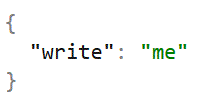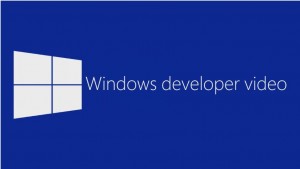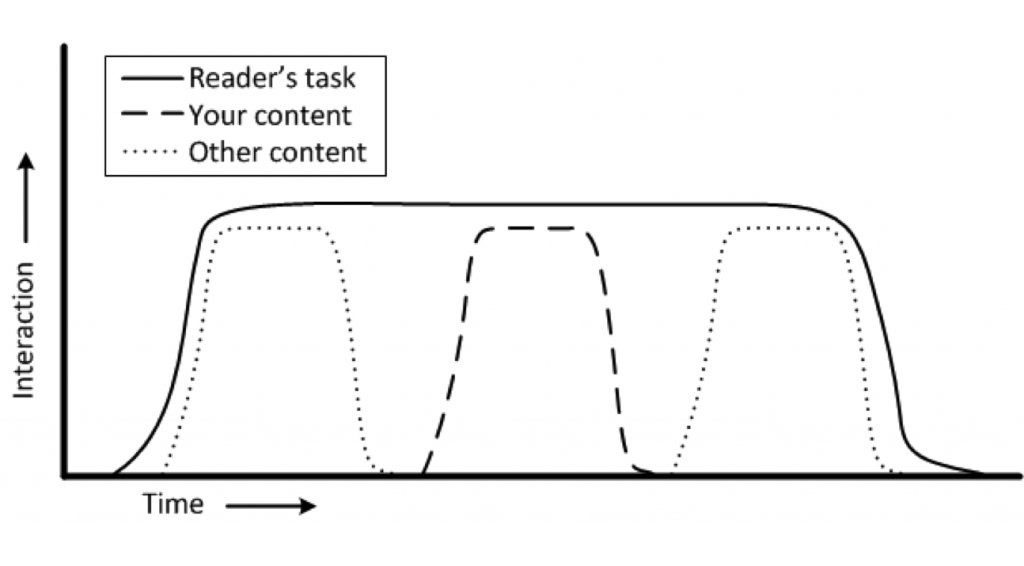Scott Ambler started an interesting conversation about agile documentation on LinkedIn a short while ago. I visited Scott’s site, to see what else he had to say on the subject and I came across his article from 2002, Can Documentation Be Agile?
In his article, he lists 12 points that can help documentation be agile. Scott’s article outlines a view of writing that I have not seen in practice in the 14 years since he wrote it. In my careers as a developer and a writer, I’ve seen bits and pieces of his list in practice to see how they might work together. I’ve also seen many obstacles that keep them from becoming more widespread. So in that context, I reflected on his points to imagine what such a world might look like.
I think it starts with us, the Writers, who need to look at the job from a new perspective.
Writers are more than “the scribes”
First, writers are not just “wordsmiths.” While we take pride in our ability to craft great content, that’s not where we add value. Our value comes from what we craft, not simply that we craft. Likewise, software developers don’t add value just because they code, they add value because of what they code.
So, how do we know what to craft?
Focus on the customer
His first point is where writing really starts and ends—the writer’s audience and customer. Writers need to know their audience first hand. They need to walk in their shoes. More importantly, they need to make (or be granted) the time and resources to do this. Every writer? Yes, I think so, at least to some degree. Why? The longer a writer goes without walking in the customer’s shoes, the more assumptions creep in and take hold. It starts off slowly, but eventually, the writer’s view of the customer gets out of sync with the real customer. Markets change. Customers change, Products change. It’s a full time job keeping them all in sync, but it’s a necessary one.
Keep it simple, but not too simple
Of course, where that fine line falls is the source of constant debate. But, why is that such a debatable topic? I refer back to the previous point. If you know your customers, you know what they want. If you don’t, you make assumptions, and so the discussion becomes one of assumptions and not data. Hence, the contention.
Another aspect of this which provides a challenge to a writer is when one topic needs a lot of content to be “simple enough,” while another requires very little. The former looks lavish and the latter seems incomplete—until you use the, of course. But I’ve seen this unevenness be the topic of contentious discussions. Why? Because, audience data to the contrary was lacking.
All the more reason for writers to get out and meet their customers.

 I’ve suggested in various venues that aspiring (and experienced) tech writers look into open-source projects to find projects they can use to build out their portfolio. In addition to making your portfolio a better place, working on civic-tech open-source projects has the extra advantage of helping to make the world a better place.
I’ve suggested in various venues that aspiring (and experienced) tech writers look into open-source projects to find projects they can use to build out their portfolio. In addition to making your portfolio a better place, working on civic-tech open-source projects has the extra advantage of helping to make the world a better place.


